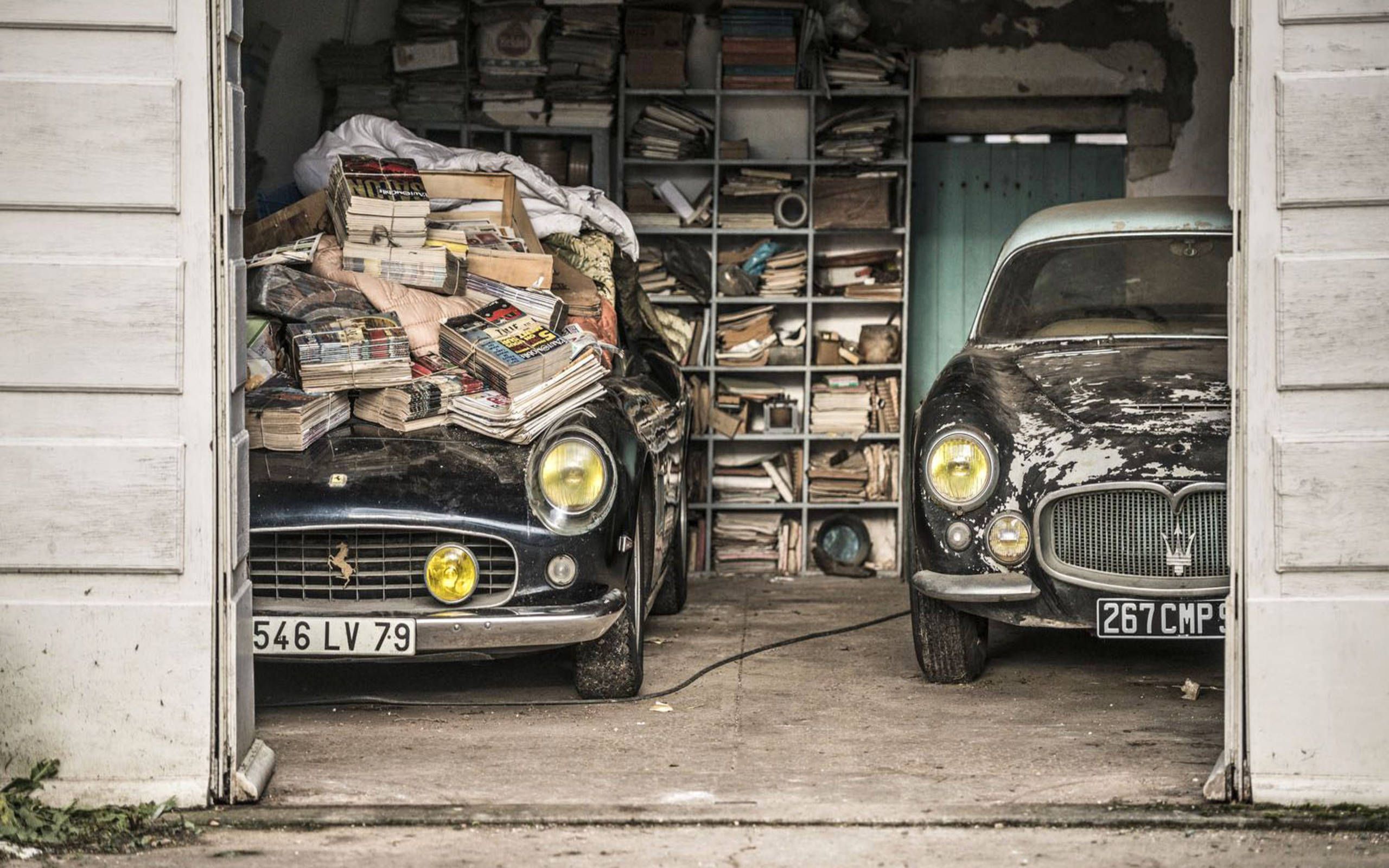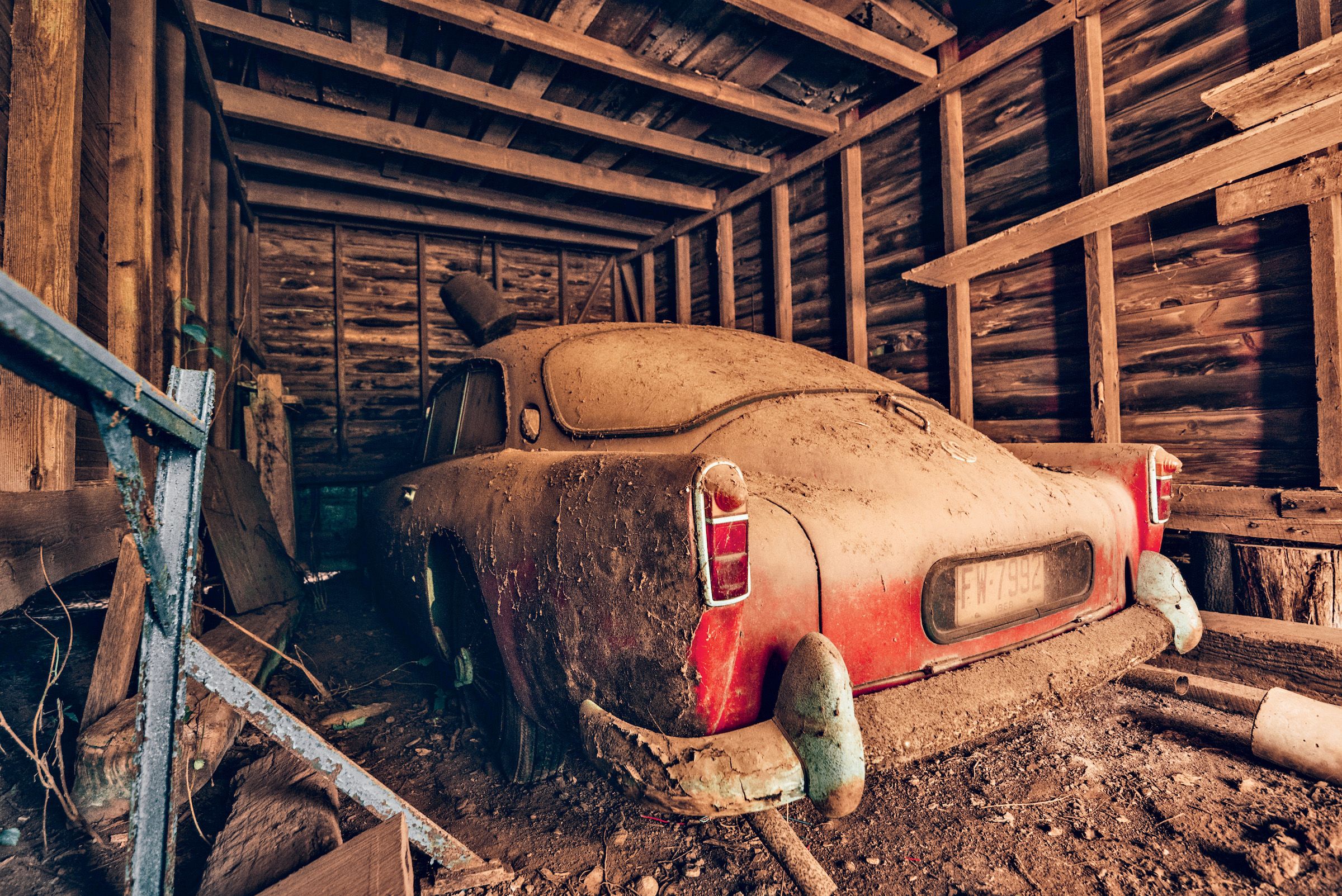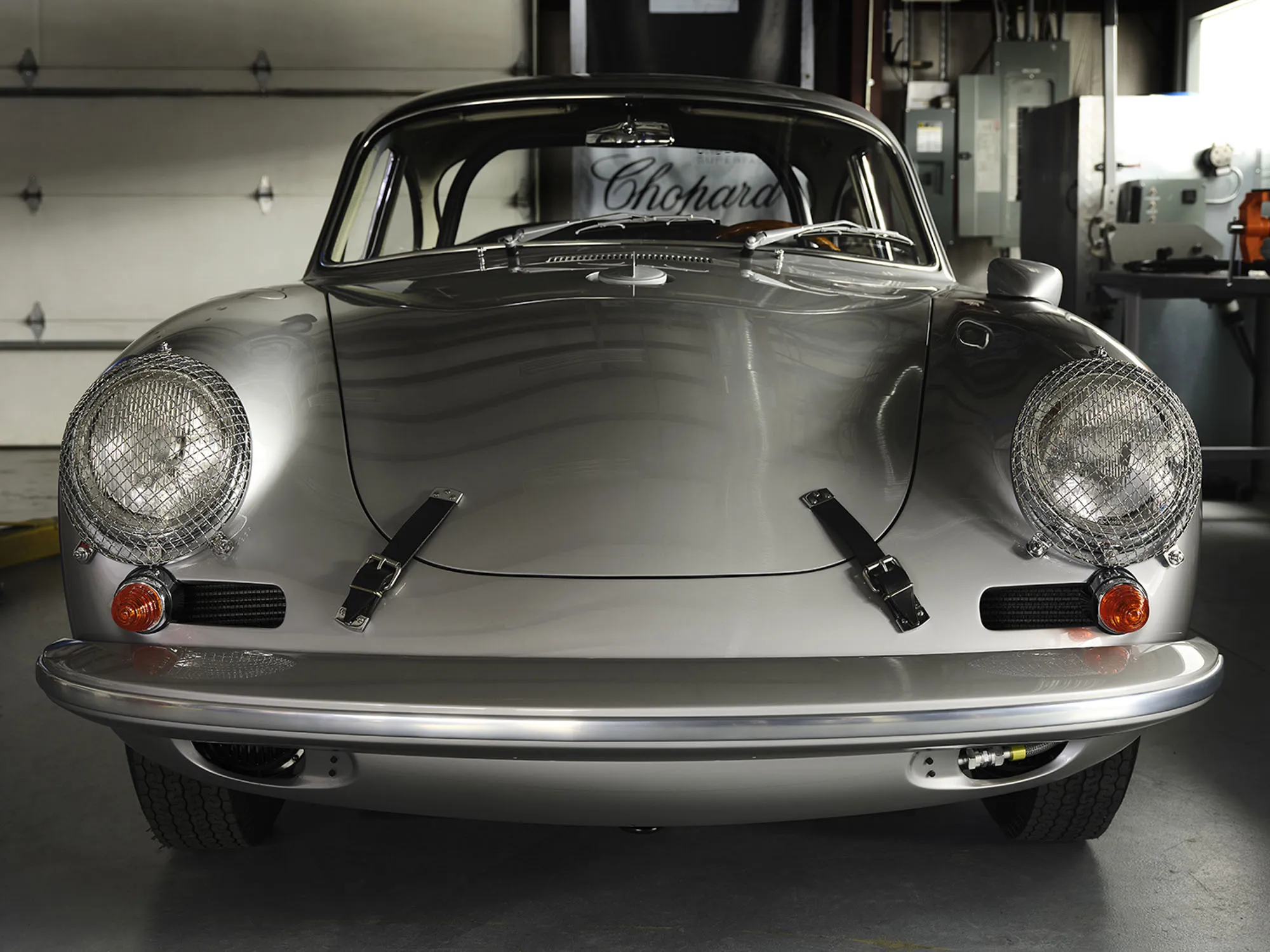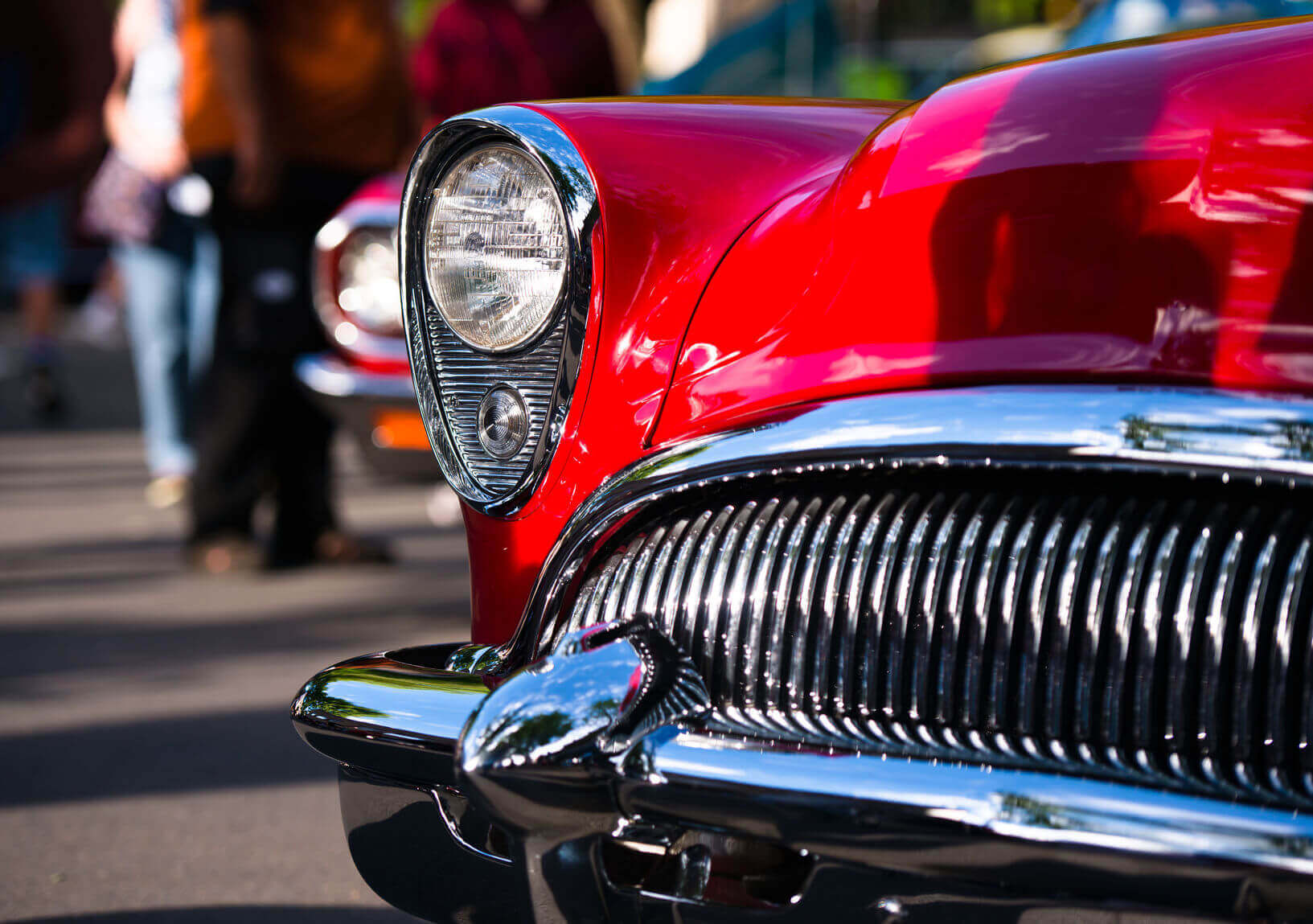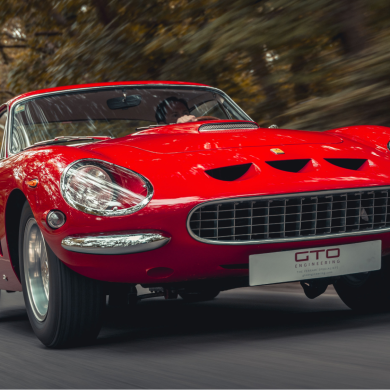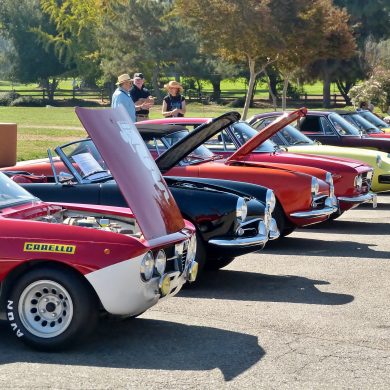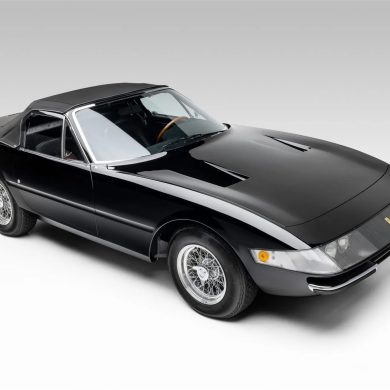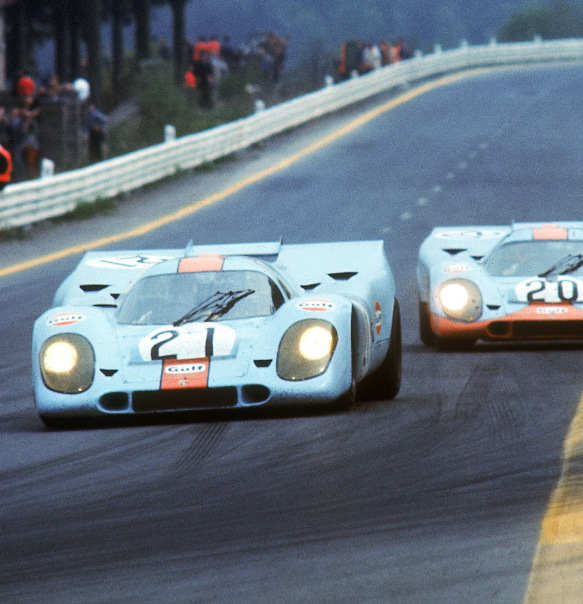The New Digital Salvage Boom
There was a time when the word “salvage” was synonymous with junkyards and scrap heaps. Today, that same word describes a billion-dollar digital marketplace that has quietly become one of the most active corners of the automotive world. From flood-damaged Ferraris to fire-kissed Porsches, enthusiasts and small-scale restorers are now competing with dismantlers for cars once deemed too far gone.
The change has been driven by accessibility. In the past, salvage auctions were the domain of insurance networks and licensed buyers. Now, online platforms like abetter.bid have made it possible for anyone with an internet connection and mechanical curiosity to bid on repairable exotics. What used to require dealer credentials or insider relationships now takes a few clicks. The result is an entirely new ecosystem of enthusiasts finding value in damaged cars.
COVID-19 accelerated that transformation. When traditional auction houses went quiet, the salvage world went digital, and rebuild culture exploded. YouTube creators chronicling the resurrection of wrecked Lamborghinis and McLarens helped reshape public perception. It is no longer unusual to see a wrecked 570S being rebuilt in a suburban garage rather than crushed for parts.
From Insurance Write-Off to Garage Resurrection
To understand this movement, it helps to know what “salvage” really means. In most jurisdictions, a vehicle earns that designation when the repair costs exceed a certain percentage of its insured value. That doesn’t necessarily mean it’s beyond saving; often it means the insurance company doesn’t want to pay for the work.
For skilled rebuilders, that’s an opportunity. A lightly damaged Porsche 911 or Ferrari 458 might be totaled on paper, but to a mechanic with access to parts and patience, it can represent a rare chance to own something extraordinary at a fraction of the cost. Many of these cars find new life in the hands of enthusiasts who are more interested in the experience of driving than in preserving a spotless Carfax record.
The appeal is both practical and emotional. For some, it’s the satisfaction of saving a machine from oblivion. For others, it’s the only affordable way to enter a world of performance once reserved for the wealthy. Entire online communities now share repair diagrams, parts sources, and post-rebuild dyno runs, documenting each step of a car’s rebirth.
Where the Line Truly Stops: The Collectors’ Divide
Still, it’s important to recognize that the world of salvage and the world of true collectible cars remain distinct. Among affluent collectors, provenance and originality are non-negotiable. A concours-level Porsche 959 or Ferrari F40 with a branded title loses far more than cosmetic appeal; it loses the trust of the market that values documentation above all else.
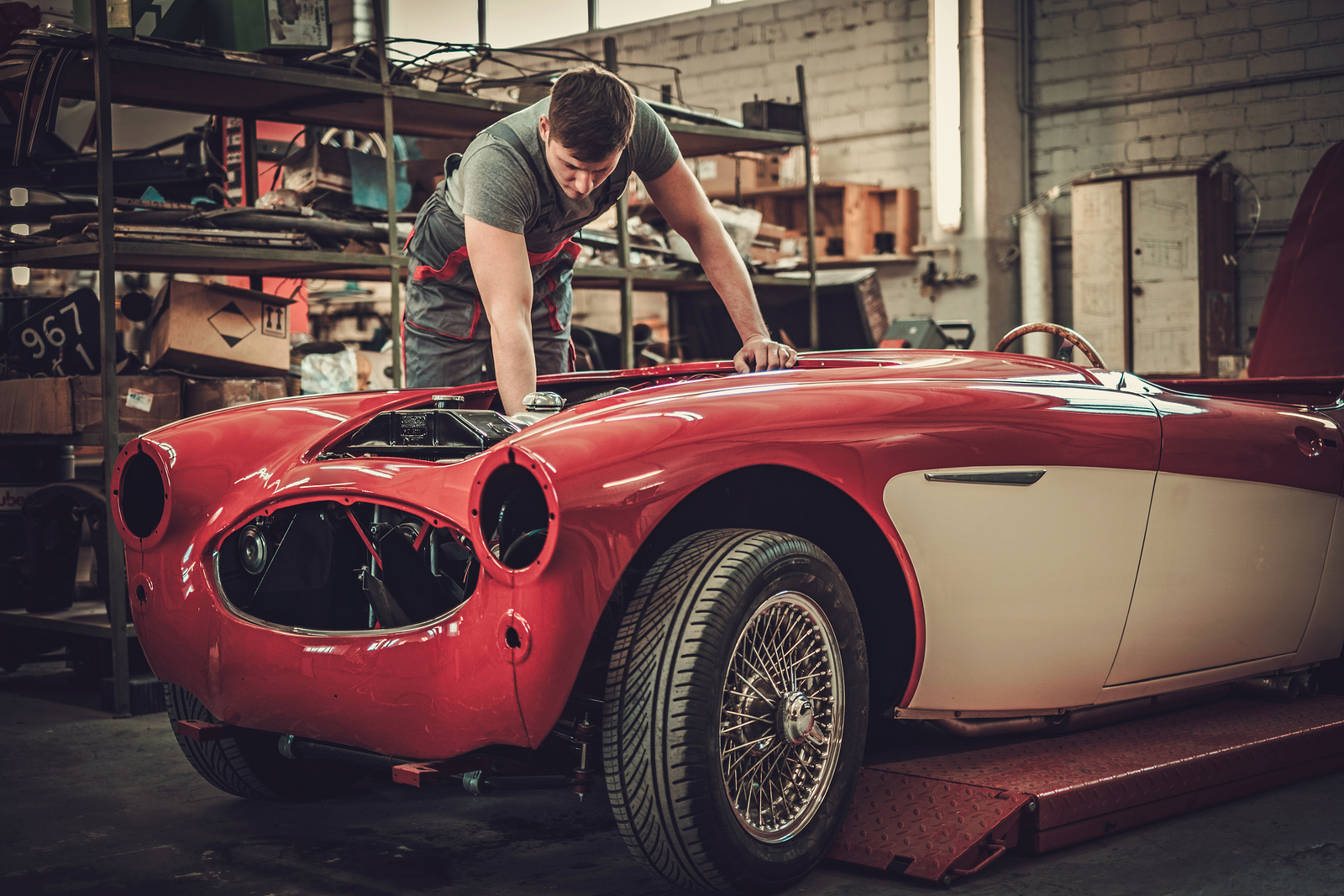
Auction houses make that separation clear. Blue-chip models with clean histories continue to command staggering premiums, while similar examples with accident records sell for a fraction of their peers, if they sell at all. Even a perfectly restored car cannot escape the stigma of its title. As one collector once put it, “You can replace every panel on a car, but you can’t repair its story.”
That divide is unlikely to close anytime soon. What has shifted is perception at the enthusiast level, where a growing number of buyers are beginning to value the driving experience as much as the investment potential. In this space, the salvage market has become a legitimate point of entry into the performance world.
Middle-Ground Opportunities
Between concours collectors and rebuild hobbyists lies a growing segment of pragmatic enthusiasts. These are the buyers who appreciate craftsmanship but are not beholden to investment-grade standards. They value function and thrill more than pedigree. For them, a repaired 996 Turbo or C6 Z06 is a gateway into performance that would otherwise be financially out of reach.
The same mindset applies to modern exotics that have aged out of warranty. A salvage-title Audi R8 or Lamborghini Gallardo can be restored and enjoyed without the looming anxiety of depreciation. For weekend drivers or track-day regulars, the difference between a clean and a branded title matters less than the quality of the work done to bring it back. The satisfaction of owning and driving the car often outweighs its diminished resale value.
Even in this middle market, transparency is key. Detailed documentation of the rebuild process, before-and-after photos, and records of replaced parts all play a role in helping prospective buyers understand what they are getting. Some rebuilt cars have even appeared on Bring a Trailer and Cars & Bids, selling for fair prices when the workmanship and honesty were clear.
Transparency, Technology, and Trust
The internet has made the salvage marketplace more transparent than ever. What used to be a world of whispered deals and insider phone calls is now fully documented online. Detailed listings include dozens of high-resolution photos, VIN histories, and often even teardown videos. This new level of openness gives buyers the ability to make more informed decisions and reduces the stigma once associated with salvage ownership.
Technology is reinforcing that transparency. Some insurers and auction platforms are experimenting with blockchain-style recordkeeping to maintain traceable repair histories. Others are using artificial intelligence to estimate repair costs more accurately. While these innovations won’t erase the “salvage” label from a title, they help build trust between buyers and sellers and ensure that legitimate rebuilds stand out from cut-corner projects.
More importantly, transparency is shifting attitudes. When the entire process of buying, rebuilding, and documenting a car is shared publicly, the line between “salvage” and “project” begins to blur. Buyers can see the craftsmanship involved, not just the accident history, and that visibility has redefined how enthusiasts perceive value.
A New Kind of Enthusiast Economy
At its core, the salvage auction world represents a quiet rebellion against traditional collecting. It attracts a generation of enthusiasts who see cars as experiences, not commodities. They are willing to trade perfection for participation. They may never show their cars on manicured lawns, but they will drive them hard, rebuild them again, and tell the story of what it took to keep them alive.
None of this replaces the established collector market, and it never will. Provenance will always rule at the top. But below that peak, a parallel ecosystem has taken root—one where accessibility, transparency, and passion have more value than flawless documentation. It’s not a threat to the collector world; it’s a complement to it.
In a sense, the rise of online salvage auctions has democratized car enthusiasm. It has created a space where more people can experience the joy of ownership, the satisfaction of restoration, and the thrill of revival. In a world that increasingly treats cars as investments, the auction underground reminds us that a car’s true worth isn’t always measured in pristine paint or perfect paperwork, but in the hands that bring it back to life.


